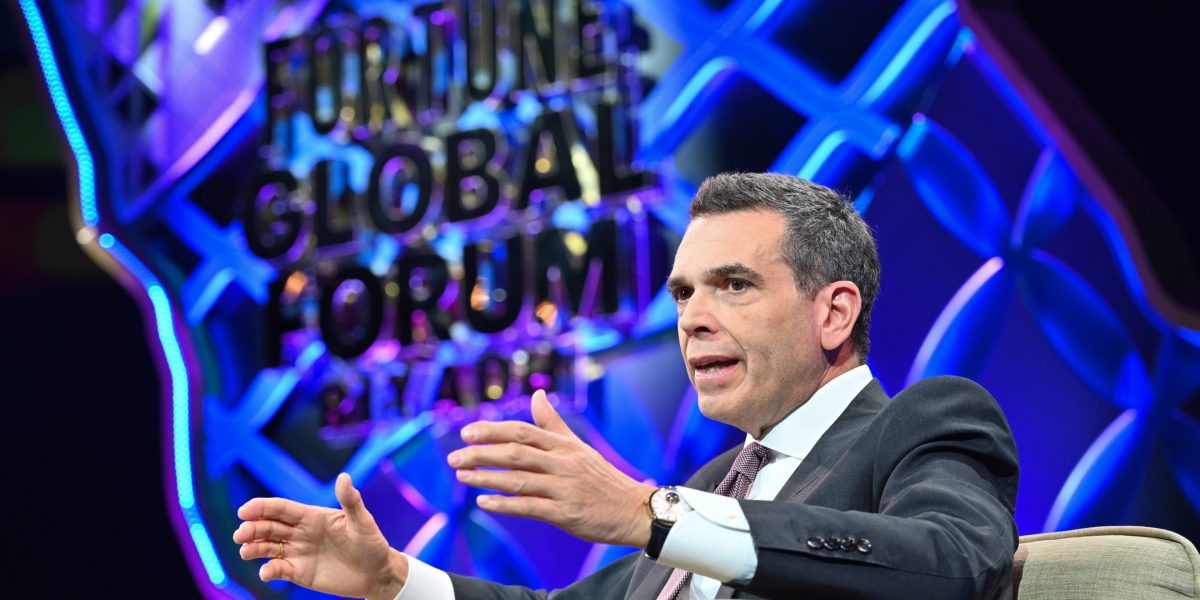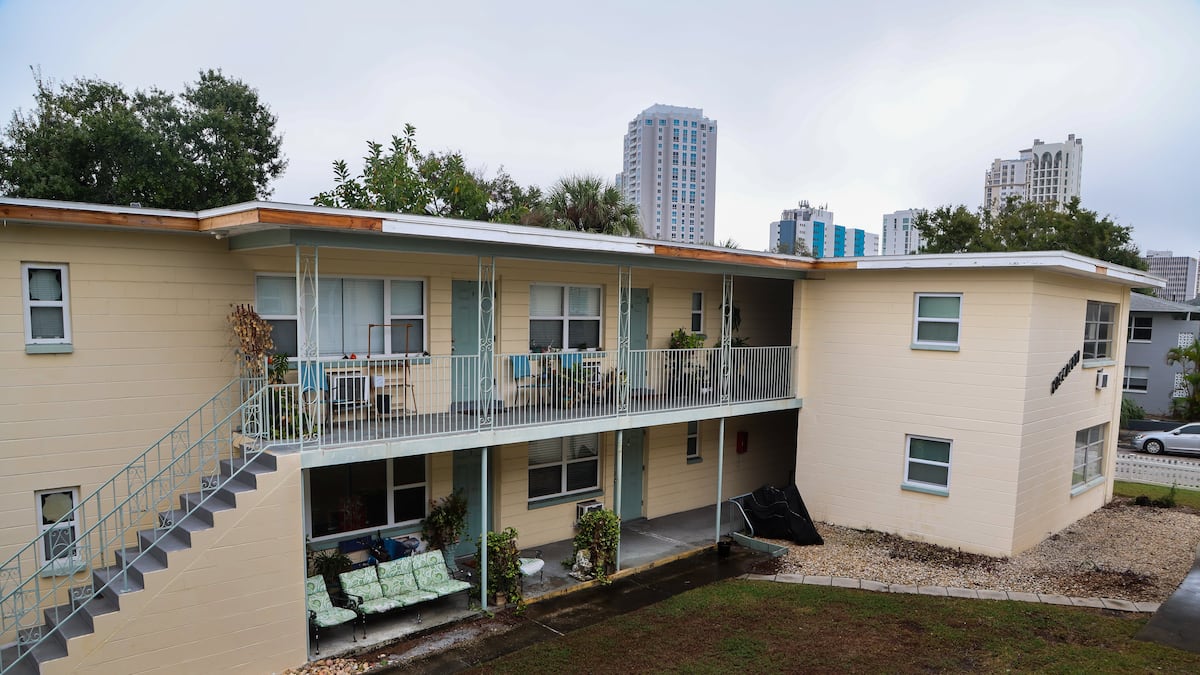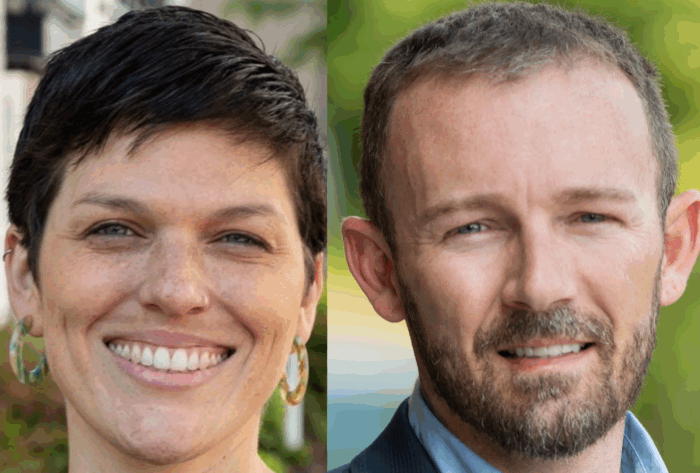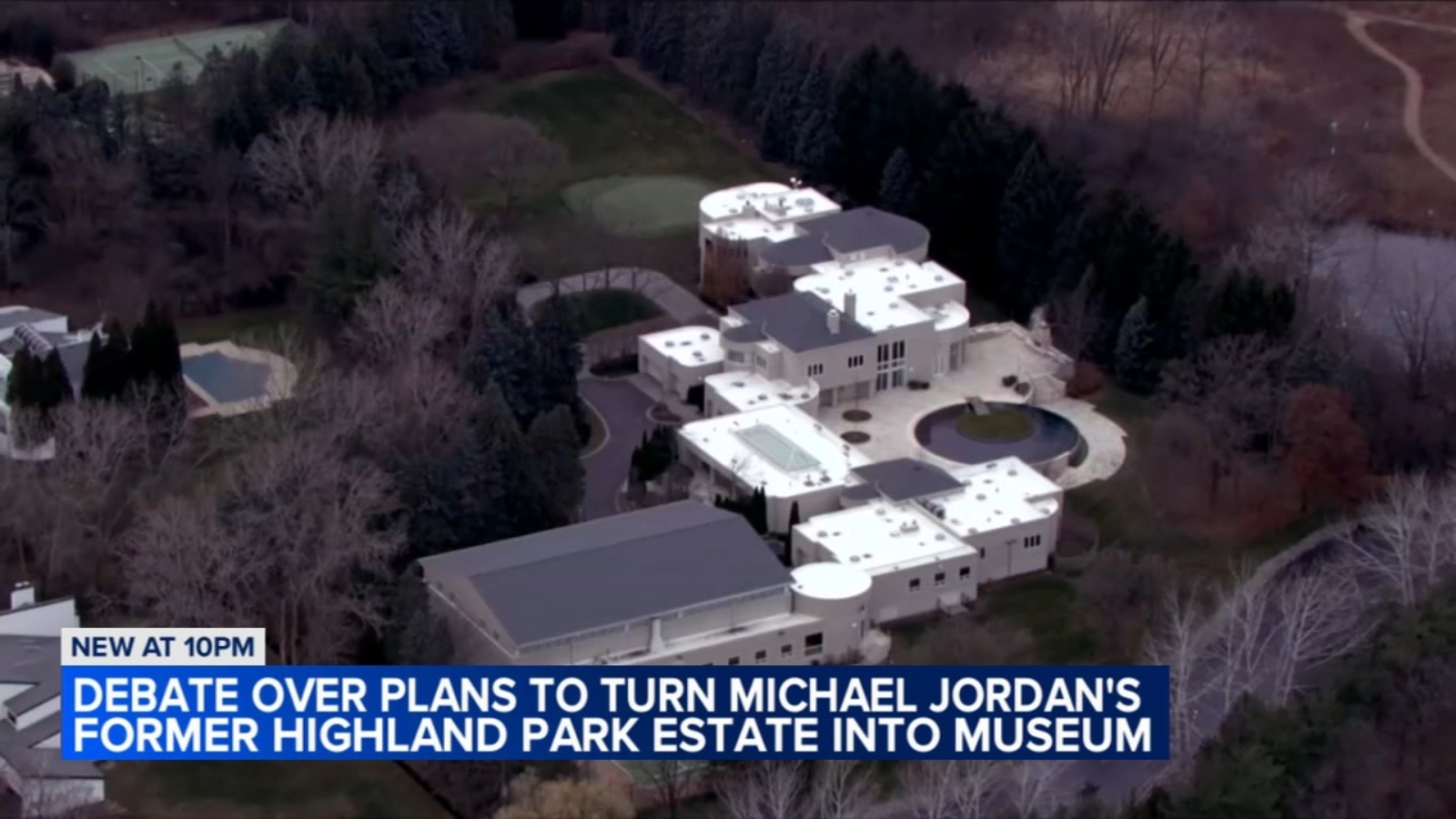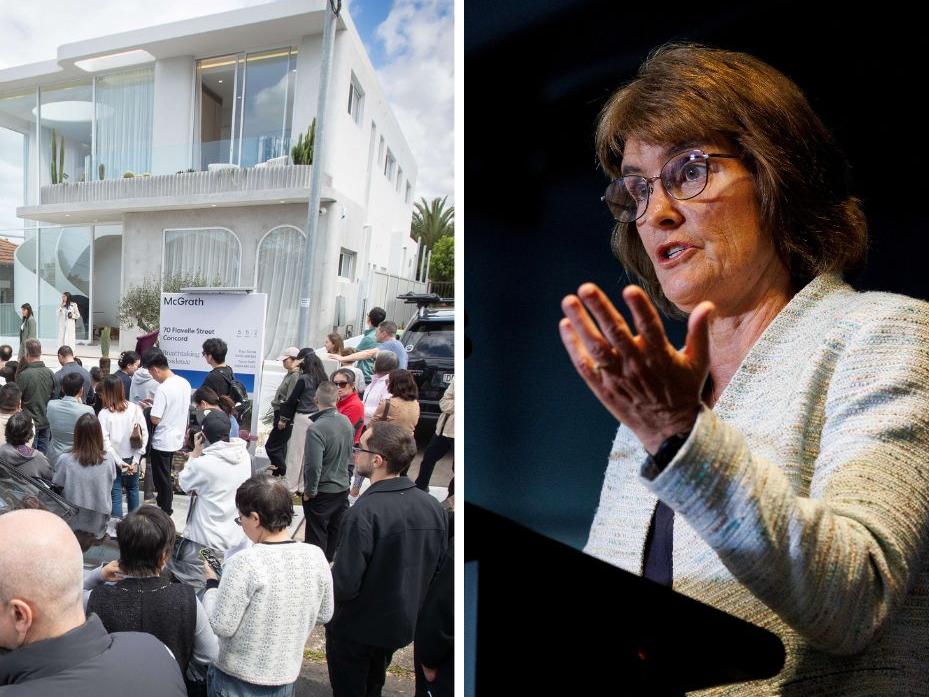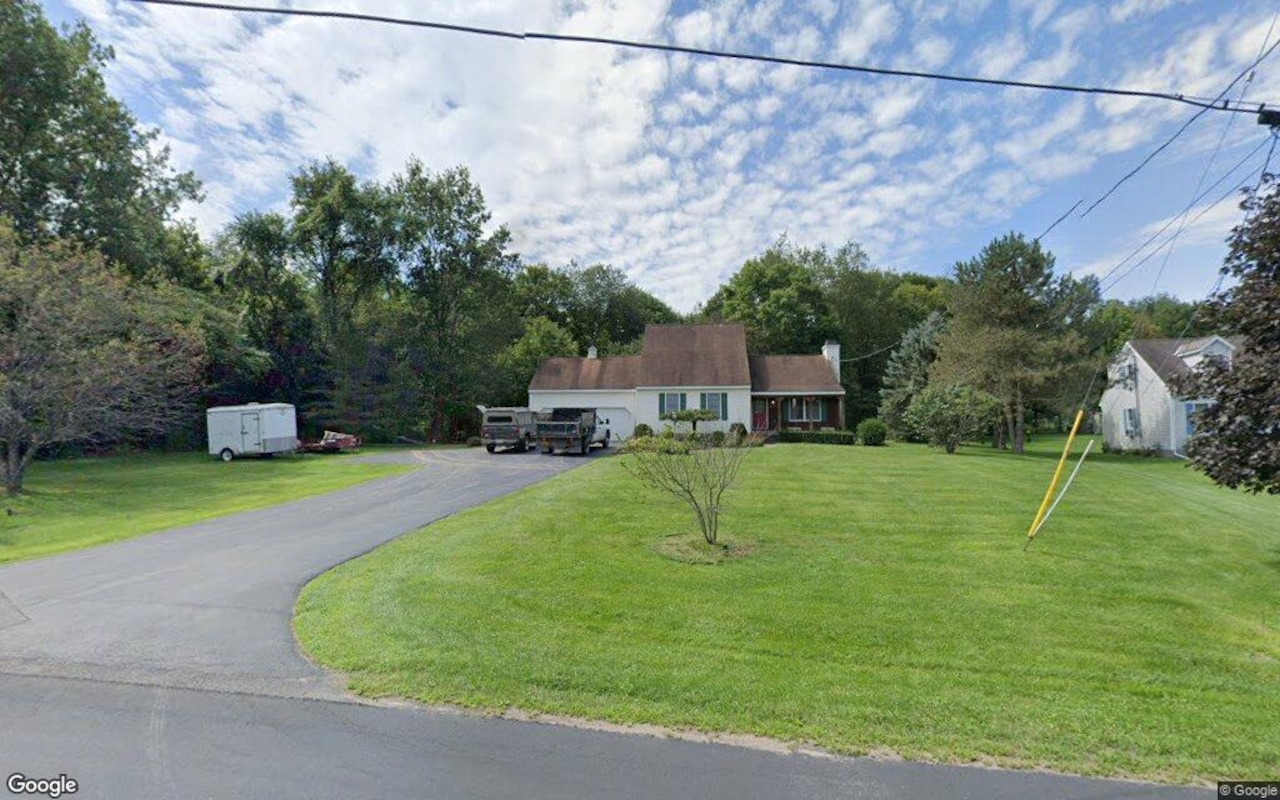Z
iad El Chaar, chief executive of DarGlobal, argues that luxury’s future is measured not by dollars alone but by the emotional value it delivers. At the Fortune Global Forum in Riyadh he coined the term “return on ego” to describe how exclusivity and identity‑driven purchases—whether a limited‑edition watch, a supercar, or a co‑branded real‑estate project with a brand like Aston Martin—fuel demand. “We identify the need first and then build,” he said, noting that Gulf consumers now chase rarity and recognition as much as financial yield.
The global luxury market has surged since 2020, rebounding from the pandemic to an estimated $327.5 billion in 2024 and projected to hit $480.5 billion by 2033 (Straits Research). Yet consumers increasingly seek luxury experiences, a 2025 McKinsey study revealed. This shift dovetails with the rise of high‑end real‑estate development in the Middle East, where the center of gravity has moved east and south. Chaar describes Gulf gateway cities—Riyadh, Jeddah, Dubai, Abu Dhabi, Doha—as a unified ecosystem offering infrastructure, governance, lifestyle, safety, and speed.
Dubai is already a top global wealth hub, attracting nearly 10,000 new millionaires in 2025. Saudi Arabia is on a similar trajectory, expected to draw 2,400 high‑net‑worth individuals that year, an 800 % jump from 2024. The Kingdom’s real‑estate sector generated $132.3 billion in 2024 and is forecast to reach $201.4 billion by 2030, buoyed by Vision 2030 reforms that will allow foreign freehold ownership from 2026. DarGlobal has invested 20 billion riyals (≈$5.3 billion) to secure foreign buyers and has already sold projects in Riyadh and Jeddah to investors from 40 nationalities, ahead of the new law.
DarGlobal’s Saudi portfolio showcases global brands blended with local ambition: Trump Tower and Trump Plaza in Jeddah, and Mouawad‑designed Neptune villas in Riyadh. Chaar believes such developments do more than house the wealthy; they anchor cities culturally and economically. “A luxury community should be integrated, not isolated,” he said, citing Diriyah Gate in Riyadh, which combines residential, retail, entertainment, and cultural elements while serving both the ultra‑wealthy and the broader workforce.
As the luxury market pivots toward experience, identity, and geographic diversification, Chaar sees the Gulf as the next epicenter. The GCC’s economy—about $3.5 trillion, slightly larger than Italy’s—offers dynamism, infrastructure, lifestyle, and stability that can support at least ten top destinations, he added.
